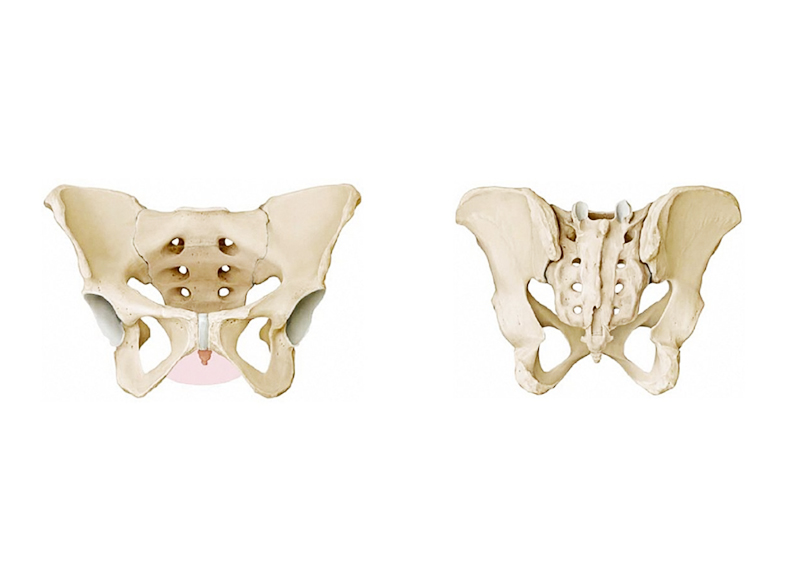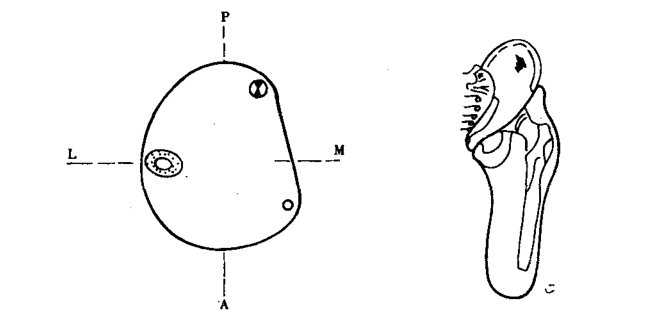News Center |

Skeletal thigh prostheses (including hip thigh prostheses and knee thigh prostheses) should have the functions of supporting body weight and compensating walking movement, and can carry out static alignment and dynamic adjustment. Besides, they should be equipped with decorative covers made of lightweight elastic materials similar to healthy limbs. The parts used should comply with the requirements of GB14723.
Prosthetic socket
Type of Prosthetic socket
The pelvic inclusion cavity is suitable for amputation of hip joint amputation or femoral amputation stump is too short. The stump side of the prosthetic socket should be strong enough to support the body weight and control the prosthesis; There should be some flexibility on the side of the healthy limb, so that it is easy to put on and take off the prosthesis. Ischial tuberosity is the main focal point of the stump side. The shape of the bottom of the prosthetic socket should ensure full contact of the stump. The upper edge of the receiving cavity should contain the iliac crest on both sides, and its height should be subject to the lumbar flexion of 90° without excessive compression at the costal margin, as shown in Figure 1.

The quadrilateral cavity is suitable for amputees in the lower third of the thigh. The front and back diameters of the mouth shape (A - P) are smaller than the inside and outside diameters (M-1). The inner side of the upper edge of the rear wall is provided with the ischium bearing plane; The anterior wall should have adequate pressure on the stump to ensure load bearing of the ischial tubercle, as shown in Figure 2.

The ischium containment cavity (CAT-CAM cavity) is suitable for the middle and upper third of the thigh amputees. The front and back diameter (A-P) of the mouth is larger than the inside and outside diameter (M-L). The ischium bearing position is concave medial to the upper margin of the posterior wall. It should be made of a soft thermoplastic material to facilitate sitting, as shown in Figure 3.
The knee suspension cavity is suitable for knee amputees. The main bearing sites are the stump and ischial tuberosity. The soft sleeve is in full contact with the stump. There should be a pressure surface in the supracondylar region of the femur for suspension and control of the prosthesis. There should be a certain degree of softness in the upper mouth area of the prosthetic socket bearing the stump, so that the stump can walk and sit without discomfort. The ischium nodule bearing cavity had the same shape as the quadrilateral cavity, as shown in Figure 4.
Cavity requirements:
Reasonable bearing parts;
The inner wall is in full contact with the stump, comfortable and painless to wear;
The depth of the quadrilateral and ischial receptive cavity should be consistent with the length of the stump, allowing 0 ~ 20mm longer than the stump.
The height of the upper edge of the anterior wall of the receptive cavity should be 90° when the hip joint is flexed without excessive pressure on the groin area.
The upper edge of the mouth meets the design requirements;
Upper edge should be smooth transition;

Cavity material:
The synthetic resin material or thermoplastic sheet, such as acrylic resin, polyethylene and polypropylene sheet, should be used for non-toxic, non-irritating and plastic molding.
Appropriate types and layers of degreased polypropylene, nylon, carbon fiber and polyester should be selected according to the patient's weight and usage
Reinforced materials such as nylon felt;
The physical and mechanical properties of the receiving cavity wall made of synthetic resin and reinforced material or made of thermoplastic plate should be consistent to requirements on the table;
It is doable to use the light wood that classics drying defatted treatment is like basswood, poplar to wait as cavity material, the wood moisture content that uses is determined by the method that GB1931 sets, should be less than 15%.
Soft liner
It is made of 2 ~ 5mm non-toxic and non-irritating flexible materials, such as polyethylene foam board. Its physical and mechanical properties should not be lower than the requirements in Table 4;
The upper edge should be 3 ~ 10mm higher than the receiving cavity and smooth transition;
Joints should be firmly bonded, clean surface.

Soft sham
Soft decorative cover is made of whole material, and the relative length of artificial limb should have a longitudinal compression of 3 ~ 6cm to ensure that the prosthetic limb is not easy to break when flexion movement;
The lower end of the soft decorative sleeve should be bonded with the ankle connecting plate (cover), and can be removed to facilitate maintenance;
The upper end of the soft decoration cover should be bonded with the acceptance cavity connection cover, and then connected with the acceptance cavity fixed, and can be removed to facilitate maintenance. The hip and thigh connection cover shall be connected to the receiving cavity with an elastic band so that the connection cover can move with the flexion of the hip.
Soft decorative cover outer surface should be polished smooth, no damage, no scratches.
Copyright © 2015 USA-YOBAND. All Rights Reserved 沪ICP备09003269号